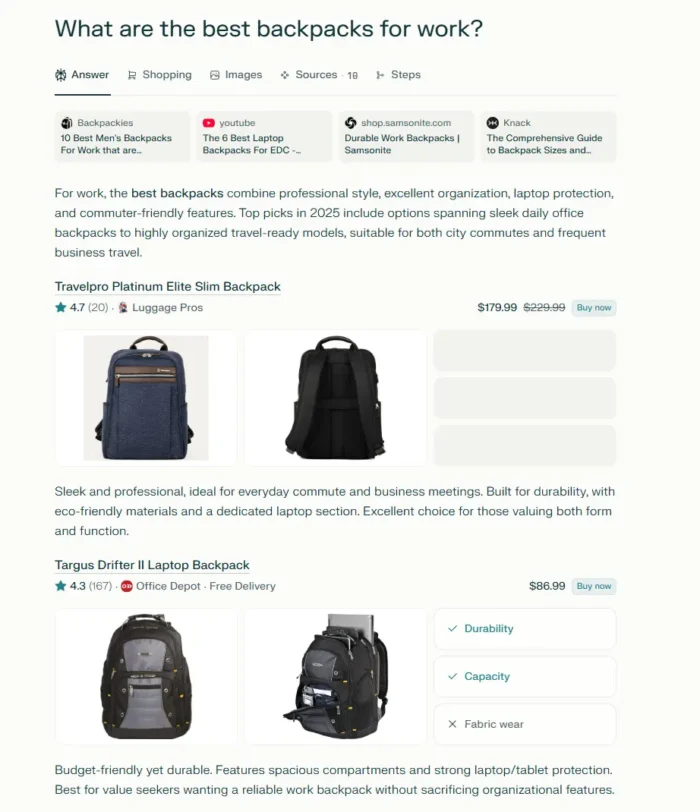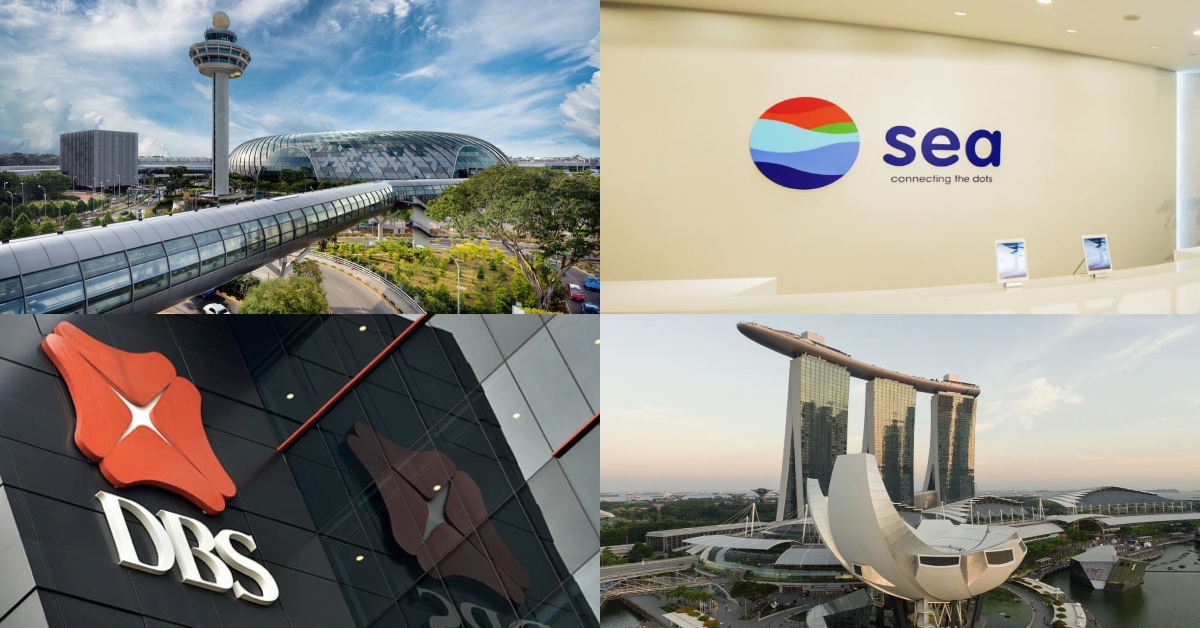5 Brand Assets Every Company Should Have
When it comes to making your company recognizable, brand assets are your best friends. Read on for the most successful brand asset strategies and examples.

Your brand, however old it may be, is trying to find its place in the world. You, it’s creator, supporter — might we say ‘parent’? — want it to find its own identity amidst its peers and grow to be large, successful and strong. After all, any good guardian wants to help their offspring develop the assets that will help them thrive in any space.
Maybe you’re reading this and nodding because your brand already has some supporting assets and you’re trying to ensure they’re thematically consistent. Or, perhaps you’re wondering what in the name of all that is good in the world a brand asset might be. No matter where you are, we’ve got the info you need to help your baby-brand grow wings and fly.
What Are Brand Assets?
Brand assets are the visible parts of a company or product that consumers associate with the product, including characteristic graphics, words, color schemes or even a font. These are the knee-jerk reactions to seeing a certain color or mark that automatically lead a customer’s mind to a certain product.
Think of the first thing you think of when you imagine a cactus. Is it ‘sharp’ and ‘pokey’? Or maybe ‘desert’? That immediate association is what a brand asset should do: lead to instinctive brand recognition. We’ll get into some examples a bit later, but do you even need to think about what brand sports a characteristic swoop? What about the tagline “Just Do It”? See, we didn’t even need to say the name and you’re already thinking of a specific product.
Ideally, your brand would have the same natural association, and given time might become just as known world-wide through its marketing assets. Let’s break it down a little further. What brand elements lead to this instinctive recognition?
What Counts as a Branded Asset?
There are quite a few features that help create a distinctive visual brand asset. These are the marketing materials that can — if artfully and purposefully crafted — ensure brand recognition.
Color
This is perhaps one of the most important brand assets, as color can be pretty distinctive. In combination with other brand assets — like logos — certain colors just scream a brand’s name. Deep green with yellow accents? John Deere. A similar green with white might make you think of Starbucks, and the logo would confirm it. Or a light periwinkle blue could lead you right to Tiffany & Co before you even see the little box.
There are hundreds of recognizable brand colors across the world, and color can work with other visual assets to create a brand story that draws eyes as well as recognition.
Logo
Again, there are some known logos out there — brands that don’t even need to put their company name anywhere near their marketing work because of just how obvious the signage is. Simple logos, based around the company name or initials — known as a logotype, like Google — or symbols that represent a brand with a single icon — also called a logomark, like Apple’s apple — represent an entire company.
When your brand’s logo is well designed and effective it can serve as a powerful connector to your product and business, even setting brand standards that customers may grow to associate with your company.
Tagline
A brand’s tagline is a phrase or short sentence that represents the product. These are usually catchy, punchy and explicitly related to the story behind the product. Your unique selling proposition (USP) needs to communicate the value that you bring to customers — a tagline can serve as this representation.
One of our personal favorites: “So Good, Cats Ask for it by Name.” If you immediately thought of ‘Meow Mix’ then that company’s tagline is working hard for their product. Or, what about: “I’m Lovin’ It.” We probably don’t even need to tell you we’re talking about McDonald’s for you to imagine a Big Mac. These taglines serve not only as familiar brand associations, but tell you something more about what the product can do.
Font and Type
While typeface, or font, may be chosen for aesthetic purposes, they can also communicate the brand to the public without lifting a finger. When combined with a logo or with a color, these brand assets are brought to new levels.
Jingle
Auditory brand assets are no less important than visual brand assets, and can make even more of an impression on a consumer base. The genius of these little branding ditties rests in the catchy, trendy tunes they develop that only serves to increase brand awareness.
Even some of the more dated jingles continue to be culturally relevant and recognizable — from KitKat’s “Gimme a Break” song to the series of notes that signals StateFarm’s entire brand.
Subscribe to
The Content Marketer
Get weekly insights, advice and opinions about all things digital marketing.
Thanks for subscribing! Keep an eye out for a Welcome email from us shortly. If you don’t see it come through, check your spam folder and mark the email as “not spam.”
Benefits of Successful Branding
These elements of marketing are important, to be sure, but marketers shouldn’t expect to achieve universal awareness by throwing brand assets against a wall and seeing what sticks. Successful branding assets are found through careful and thorough approaches, consistency and storytelling.
When done effectively and carefully, branding can bring enormous benefits to your business. These include – but are certainly not limited to:
Consumer recognition. The better known your brand assets are, the more likely people are to associate them with your brand. Benefits there tend to speak for themselves — you want people to know your brand so well it’s practically a household fixture.Customer loyalty and connection. Brand assets should communicate directly to your consumers, giving them insight into the product. The more recognizable and known your brand assets are, the more likely they are to shine above the rest and connect more closely with your audience.Storytelling cred. If your brand assets speak for themselves, they’re going to tell your customer a story that said future purchasers will pick up and finish themselves. People should want to be a part of your brand, and cohesive, compelling branding can do just that.Less price sensitivity. When the elements of your brand rise above others, your audience may just be willing to shell out more for it because of the connection they’ll form with your product.Brand Asset Roundup
We’ve already touched on a few popular assets, but brands – much like stars – are sometimes so numerous it’s hard to count them all.
Maybe you’ll want to try your hand at naming some of these brands by just the bare essentials of their brand assets, we suggest jumping over to Business Insider’s Logo Quiz, or take on a classic Buzzfeed quiz challenge that dares you to score above average on the Ultimate Logo Quiz.
If you like animals, you’re probably automatically attracted to Target’s Bull Terrier, “Bullseye,” or maybe you’re way into Chick-Fil-A’s pro-chicken-eating cows. Either way, animals are a surefire way to bring attention to brand assets.
Brand identity may seem to stem from the logo, like Nike’s classic swoosh, or from the lettering, think about Coca-Cola’s curvy style, or even from a combination of the two, see Walt Disney’s font and castle combo.
Creating a Stellar Brand Asset
Your brand assets are arguably some of the most important parts of your business, quite possibly as important as the product itself. Creating and managing each element should be as critical to you as making sure your pet is fed on time — forget about them and you’ll likely get bitten before you recognize your mistake.
Keep a few words in mind when you’re creating these assets:
Brand consistency. Streamline your brands assets, ensure they are thematically and aesthetically cohesive.Distinctive assets. No one shines by being the same as everyone else. Create assets that differ from competitors, that are unique to your brand identity for complete representation.When you have your brand assets it becomes a question of managing them — ensuring they are easily accessible to your company and that they are a part of every product. Guidelines for how to use them should be equally apparent, so that each press release, marketing campaign, social media post, piece of signage and all product updates have the same streamlined consistency.
Build Better Brand Asset Management Practices Today
Don’t wait to get started! Your brand needs its support systems before it takes off into the world. And don’t forget: if you need more brand and marketing resources, Brafton’s newsletter will deliver them to your inbox free of charge.

 Tfoso
Tfoso 







![5 SEO Trends to Leverage in 2022 [HubSpot Blog Data]](https://blog.hubspot.com/hubfs/seo-trends-2022-fi%20%282%29.jpg#keepProtocol)




![14 Best Types of Charts and Graphs for Data Visualization [+ Guide]](https://blog.hubspot.com/hubfs/types-graphs-charts.jpg#keepProtocol)



















